Eagle's Nest: A journey into the heart of darkness
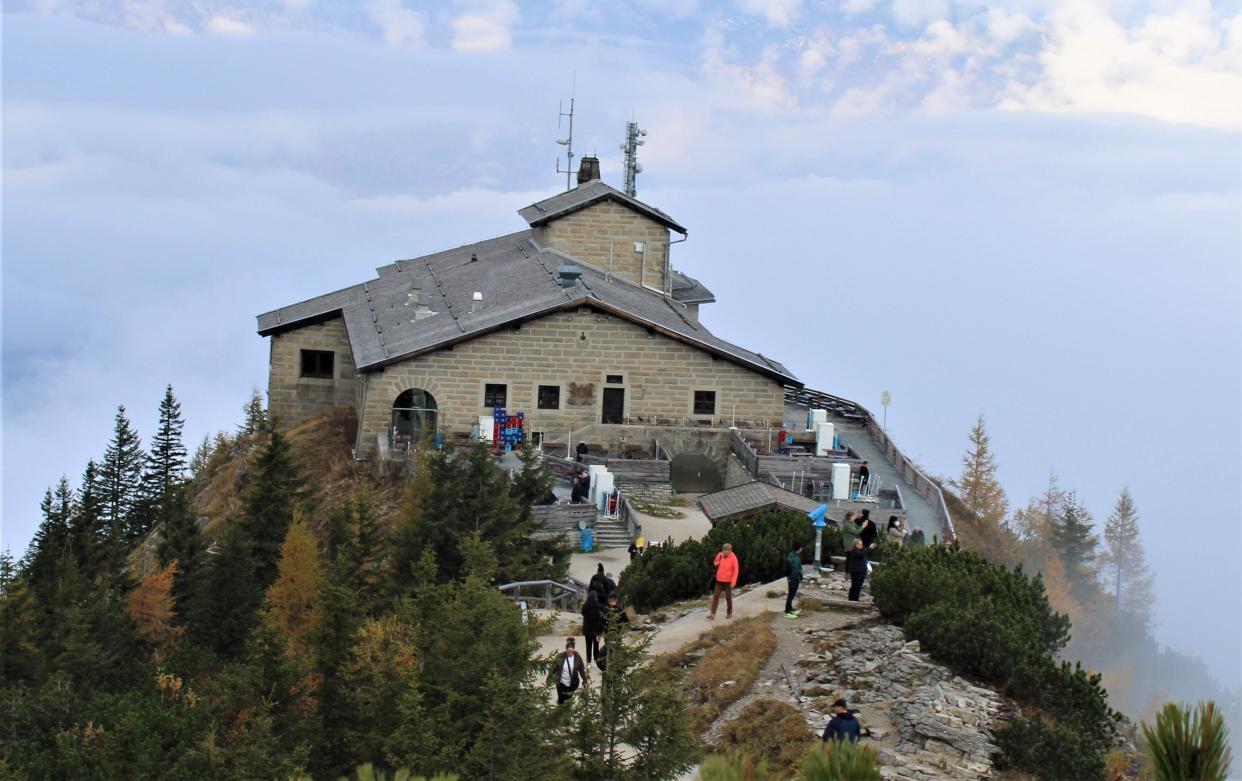
“You are now on the steepest road in all of Germany,” our tour guide, Wilhelm, explained.
At least, I think his name was Wilhelm, though his name may have been Klaus, Karl, or Gunter. I’m not good at recalling names, especially while driving on the steepest road in Germany.
“In fact,” he continued, “the road is so steep that it is closed from the last week of October through the end of May due to snow and rock avalanches.”
Laureen and I peered out the windows of the small tour bus and nodded at each other. We do that when we agree with another person or ourselves.
“It is very steep,” Laureen said.
“Steepest in all of Germany, I hear.”
The bus we were on was created for a road such as this, short and narrow. The four miles of twisting and turning roadway that was 12 feet wide and had a gradient of 22% took special handling.
“Excuse me, Gunter,” I asked our guide.
“His name is Wilhelm,” Laureen reminded me.
I nodded as Hans looked at me.
“Why would the Nazi Party build a place for Hitler so high in the mountains, knowing it would be impassable during winter?”
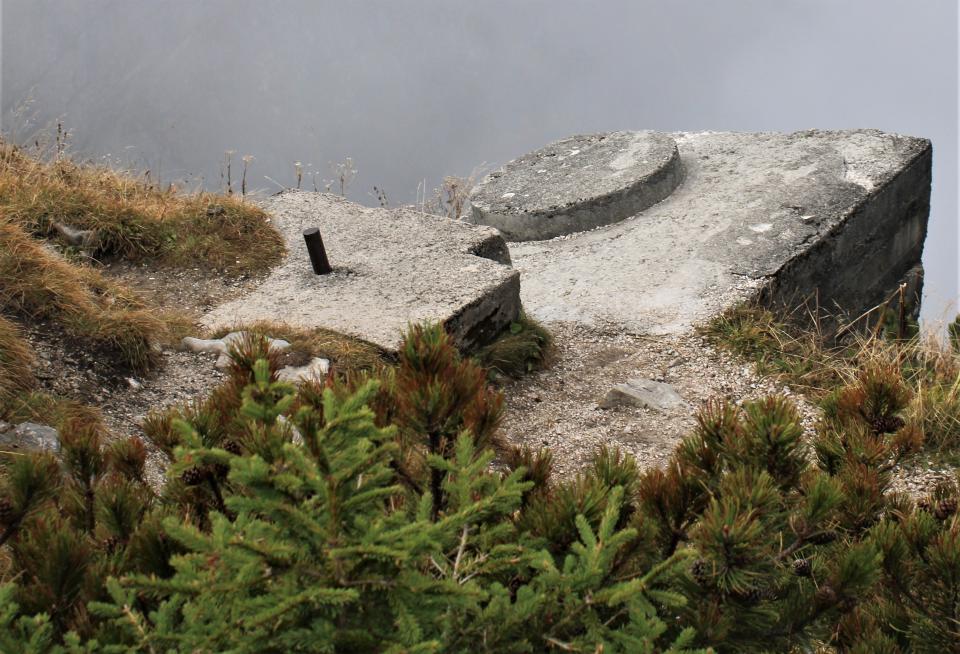
“Martin Bormann commissioned the structure as a fiftieth birthday gift for Hitler in 1937. Since Hitler had a large home in Berghof already, the party believed he would love to have a place with such outstanding views. It sits at over 1800 kilometers.”
In layperson’s terms, that is over 6,000 feet above sea level.
“It had to be completed before Hitler’s birthday, so the workers struggled through the terrible winter to finish it. Twelve workmen lost their lives.”
What are 12 lives to a man who oversaw the murder of nearly 11 million innocent civilians and countless millions of others due to his penchant for killing during World War II?
Laureen and I had traveled to Salzburg the day before. We now found ourselves on tour through Bavaria, Germany, to visit the infamous Eagles Nest of Adolf Hitler high in the Berchtesgaden Alps.
The French Ambassador Andre Francois-Poncet called the place the Eagles Nest when he visited the site in October of 1938. The term stuck for everyone but those who used the structure high in the mountains regularly.
To them, Kehisteinhaus was simply the house on Kehistein, a sub-peak of the much higher peak of Hoher Goll in the Berchtesgaden Alps, which separate the German state of Bavaria from the Austrian state of Salzburg.
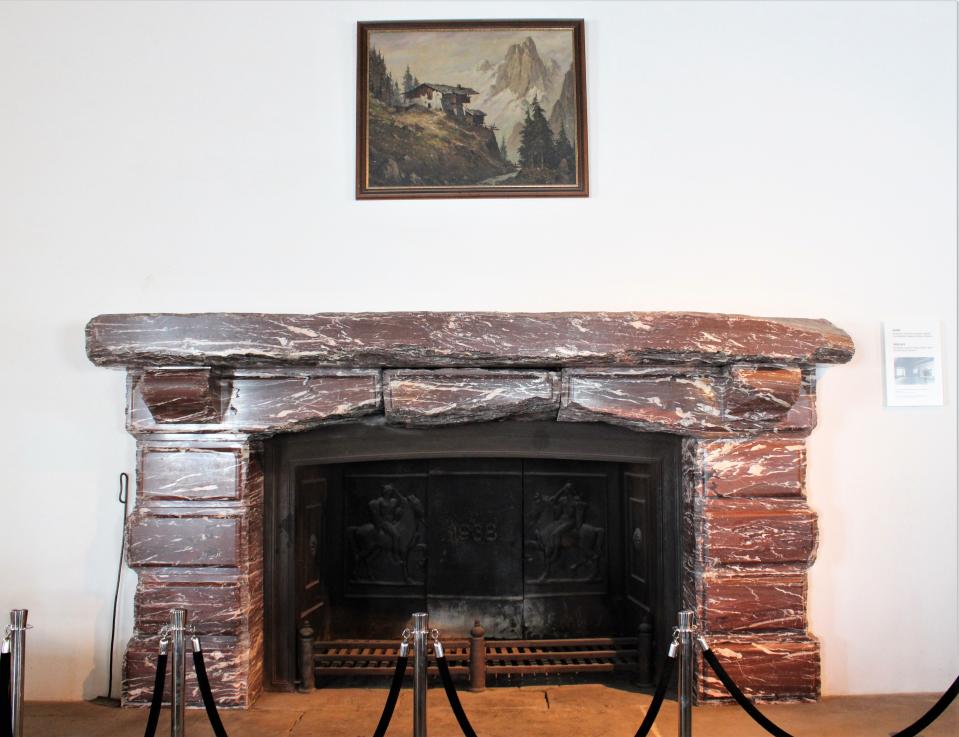
Hitler’s cronies referred to the mountain retreat simply as the Diplomatic Reception House, or ‘D-Haus’ for short.
Rumor has it that some high-ranking Nazi bosses tried to create a rap video about ‘D-Haus’ but were quickly sent to the Russian Front.
One interesting and poignant point was that Hitler only visited the Eagles Nest 12 or 14 times, despite the short drive from his residence in Berghof, a small village just outside of Berchtesgaden.
Turns out the man who started World War II was afraid of heights, rarified mountain air, and was claustrophobic.
There is an official report that has never been verified, proven, or found that may have had Hitler state after the ‘D-Haus’ was completed, “Ya, it is nice but so high that I can barely breathe up there, let alone how small the elevator is. Let’s invite the French and see what they think.”
Arriving in a large parking lot, after the wriggly-waggly drive up the steep road, we found ourselves in front of a large ornately carved entrance to a very long tunnel dug deep into the mountainside.
The smoothly cut rock tunnel covered with red bricks leads back over 407 feet to the doors of the large brass elevator, which shines like highly polished gold, ready to take the visitor another 407 feet straight up to the nest's interior.
Something about the number 407.
One German engineer may have been asked about this fact during construction.
“The tape used to be four hundred and ten feet, but my kid got a hold of it in Berlin,” the engineer may have stated. “Those kids nowadays.”
The elevator shone like a beacon to something good, but we knew it led upstairs, where Hitler and his henchmen skulked around plotting how to make the world a worse place to reside.
It was a large elevator that easily fit 12 people, but Hitler never allowed more than six at a time. Fewer when he clambered on board.
“Nein, nein, too many of you, I can’t breathe,” Hitler may have shouted during one of his dozen visits to the nest. “Catch the next elevator, you dummkopfs.”
Ascending is relatively quick, and as the elevator doors opened, it was only a few steps down to a large open area that had been used as the entertaining area for dignities who visited during Hitler’s time.
Massive wooden beams, original from the construction, stretched across the expansive room with beautiful chandeliers dangling. On one wall is a large marble fireplace given to the project by the Italian dictator Mussolini.
The rest of the room is rather stark and plain, much like Hitler’s brain.
Legend has it, and we believe in myths, that at the end of World War II, American soldiers who had made their way to the Eagle's Nest broke off chunks of the fireplace as souvenirs. Those vets deserved whatever they wanted – no foul there.
The interesting point is that there was never a kitchen in the nest since anyone, except a few SS soldiers left to guard the place, ever spent the night there. After meetings, Hitler and his friends would descend the mountain to their respective stolen villas in Berghof.
When meals were served during meetings, the food was prepared and delivered from the nearby town of Berchtesgaden. Of course, only after being tasted by local girls to ensure nothing nefarious had been done to the numerous dishes created for the Fuhrer.
Eva Braun, Hitler’s mistress, spouse, and suicide companion, loved the mountain retreat and often spent quite a bit of time there with her friends without the company of Hitler.
Braun used a room called the Scharitzkehl, a wood-paneled sanctuary to entertain not only her friends but the wives of those military and civilian men who visited with Hitler in the main room of the retreat.
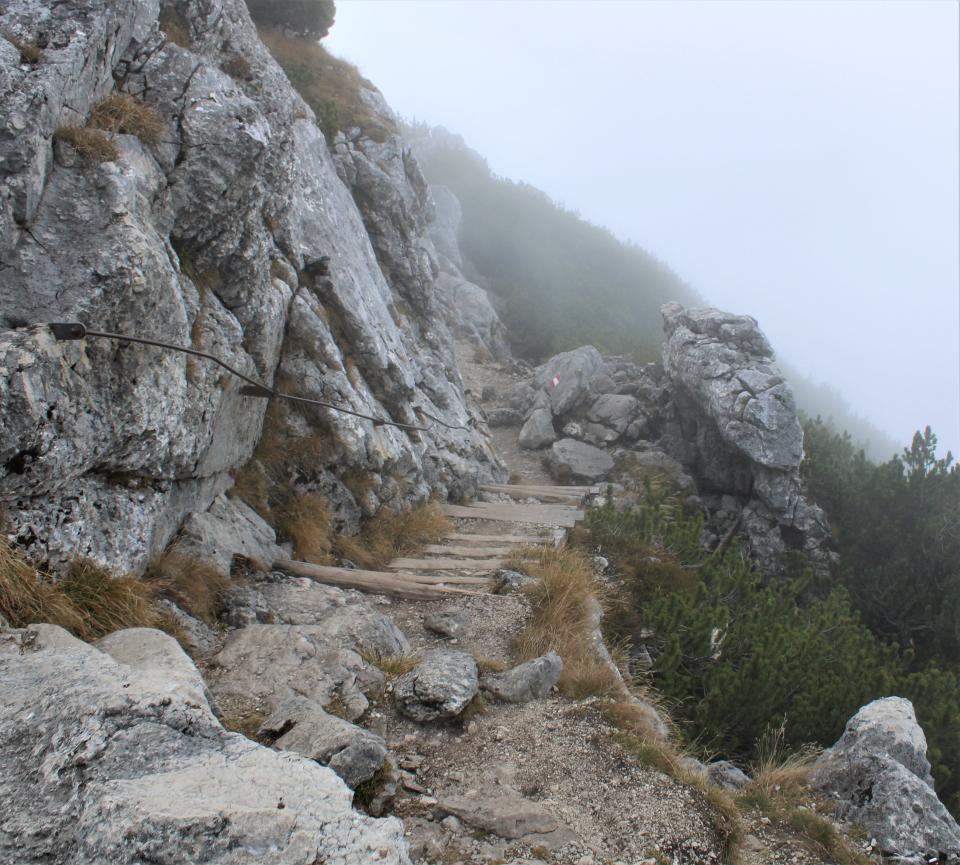
There is also a long narrow windowed room outside Braun’s room called the sun porch. It is here that Eva, along with her companions, would park themselves while enjoying the afternoon sun high in the Alps.
The windows would swing open if there were a need for a slight breeze along the stone floor to keep the ladies comfortable.
I asked Wilhelm, who got his name right then, if the images of Hitler dancing with his dog along a large stone patio were filmed here.
“No,” he stated. “The wonders of the media, very few images of Hitler were taken here since he spent so little time at the Eagles Nest and hated it. All those films were taken at his residence down below at Berghof.”
A startling thing about the nest is how tiny it was. I had believed the place would be enormous. But not at all. It only had three rooms, besides a few smaller rooms for supplies and SS guards.
Today, there is a kitchen for tourists who would like to enjoy a meal in one of the larger rooms while enjoying the gorgeous views of the Alps from countless large windows.
We didn’t dine, for it was in this place that the Final Solution was discussed and decided.
I don’t experience things like Laureen does, who has a knack for feeling something that borders on the paranormal.
She picks up on emotions like sorrow, pain, or joy from the past at many of the places we have visited, but me, not so much. My imagination allows me to understand what went on here and there, but that’s about it.
Here though, at this Eagles Nest, I could feel the evil that once wandered the stone floors and outside terrace.
Here, in this very spot, strode the vilest creatures to have ever walked the face of the earth.
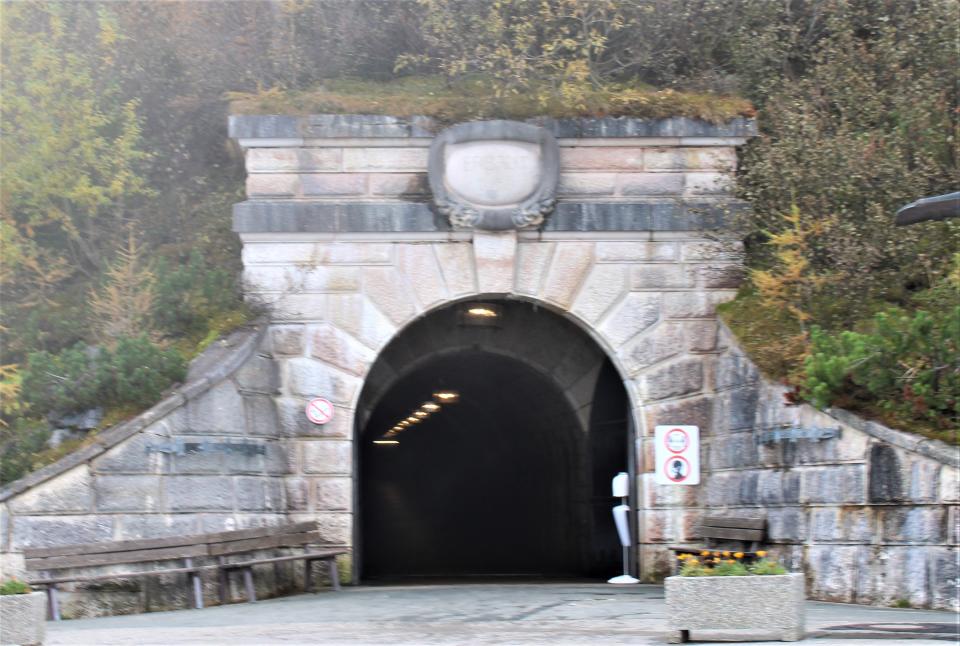
More than 60 million people died during World War II – soldiers, civilians, and those murdered simply for their religion or nationality. Sixty million people because of a tiny little man with a funny mustache who couldn’t make it as an artist.
We wandered outside into a somewhat foggy late morning.
There are hiking trails to various viewing spots across the Alps where people can trek here and there. But it is dangerous to hike without experience due to the steepness here. People have fallen to their deaths along the trails when not careful.
We were careful where we tread.
The Eagles Nest was an experience worth encountering. It is a part of the world’s past that cannot be forgotten because it can never be repeated.
Ever.
This article originally appeared on Victorville Daily Press: Eagle's Nest: A journey into the heart of darkness

